While annuals and biennials need to be replaced after they go to seed, perennials can last for years, bringing season after season of beautiful flowers. Of course, it's necessary to choose the right ones for your specific climate. If you live in zone 5, we've put together some of the best perennials you can add to your garden.
-
- Perennials for Sunny Spots
- Peonies
- Poppies
- Lilies
- Daylilies
- Lavender
- Echinacea
- Perennials for Shady Spots
- Jacob's Ladder
- Foxglove
- Coral Bells
- Balloon Flowers
- Ligula
In this article, we'll take a closer look at each of these perennials, what makes them special, and some tips for caring for them. We've broken them up into two groups so you can find the best kind for your garden, whether you're looking at sunny or shady spots. Read on to learn all about them!
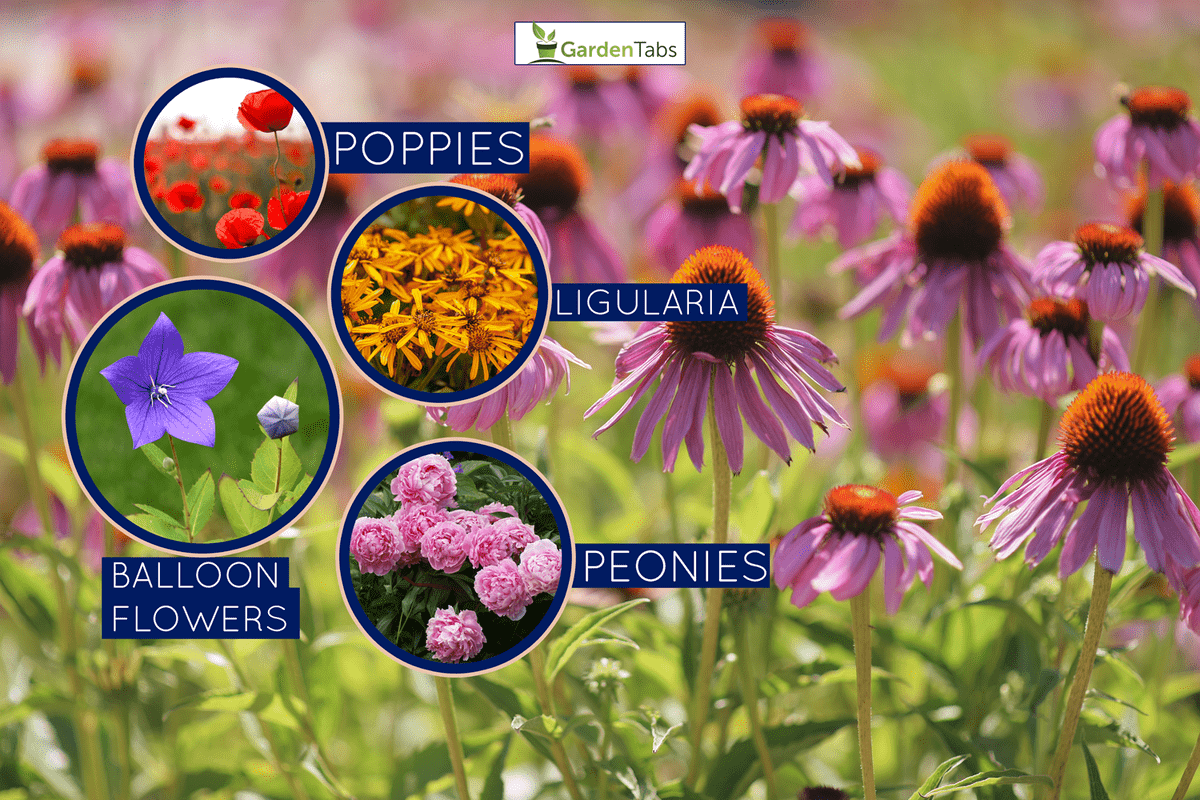
Best Sun-Loving Perennials for Zone 5
Many perennials do best when provided with plenty of sunlight. If you're looking to add a bit more beauty to a sunny spot in your zone 5 garden, these perennials would make a great addition.
1. Peonies
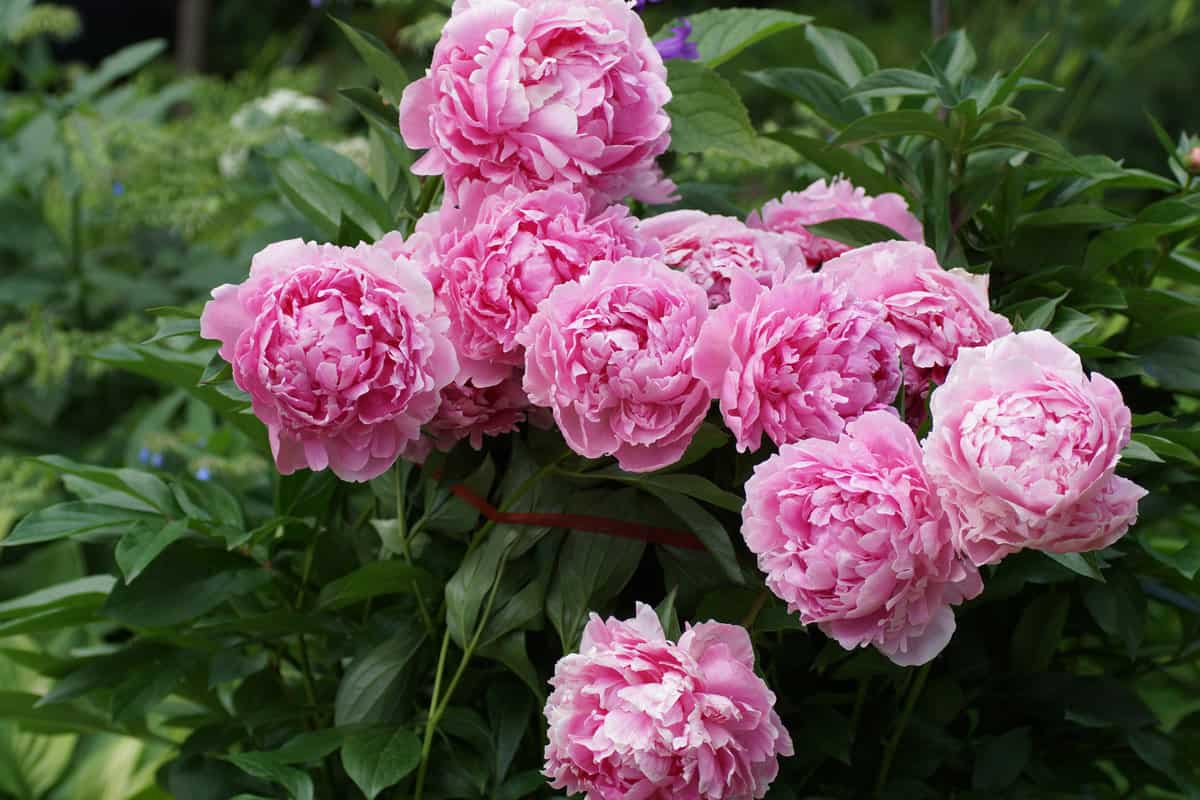
Peonies are among the most iconic and classically beautiful flowers. These stunning perennials do well in zone 5 when provided with plenty of sunlight. The cold hardiness of these flowers depends on the specific variety, but many do well from zones 2 to 8.
For your peonies to thrive to their fullest, plant them in full sun and neutral, well-draining soil. These flowers are relatively low-maintenance, but they are nutrient hungry. A humus-rich soil will suit them well, and they'll do best when not competing with other perennials or shrubs.
Most varieties bloom from late spring through summer, although some varieties bloom earlier or later. When in bloom, these top-heavy perennials benefit from protection against strong winds. You may also want to stake them for extra support.
2. Poppies
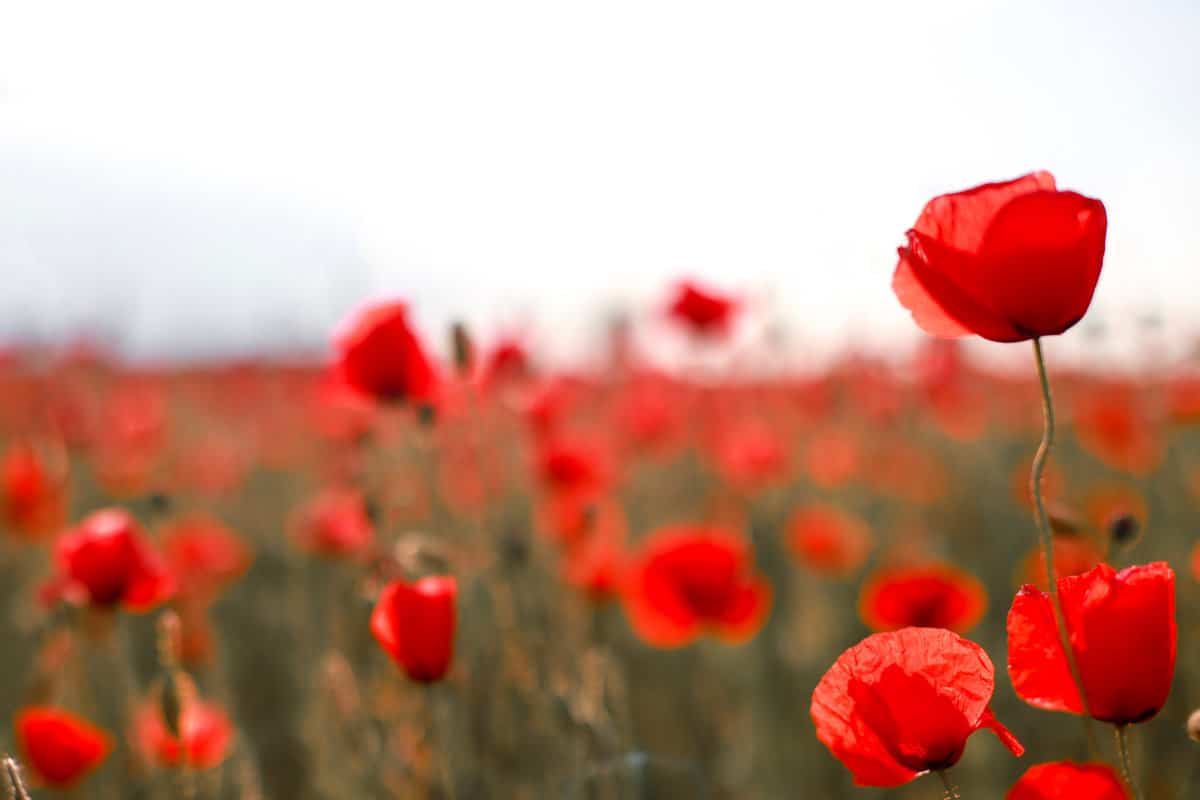
Poppies were first domesticated in Europe thousands of years ago, but they have spread all around the world. While certain varieties are known for their less reputable uses, the majority of cultivars are grown for their stunning flowers.
While many varieties are grown as annuals, there are several types that can be grown as perennials in zone 5. Oriental poppies are cold hardy for zones 3 - 8 and Icelandic poppies can go even colder, being hardy for zones 2 - 8.
Oriental poppies have larger blooms than Icelandic poppies. However, they also require richer soil. Icelandic poppies, on the other hand, can grow well in poor soil as long as it is loosened and weeded first. Icelandic poppies also come in a greater variety of colors, adding to their popularity.
Whichever variety you go with, you'll have the best luck growing your poppies from seed in a sunny spot. Poppies do best with full sun and do not transplant well.
3. Lilies
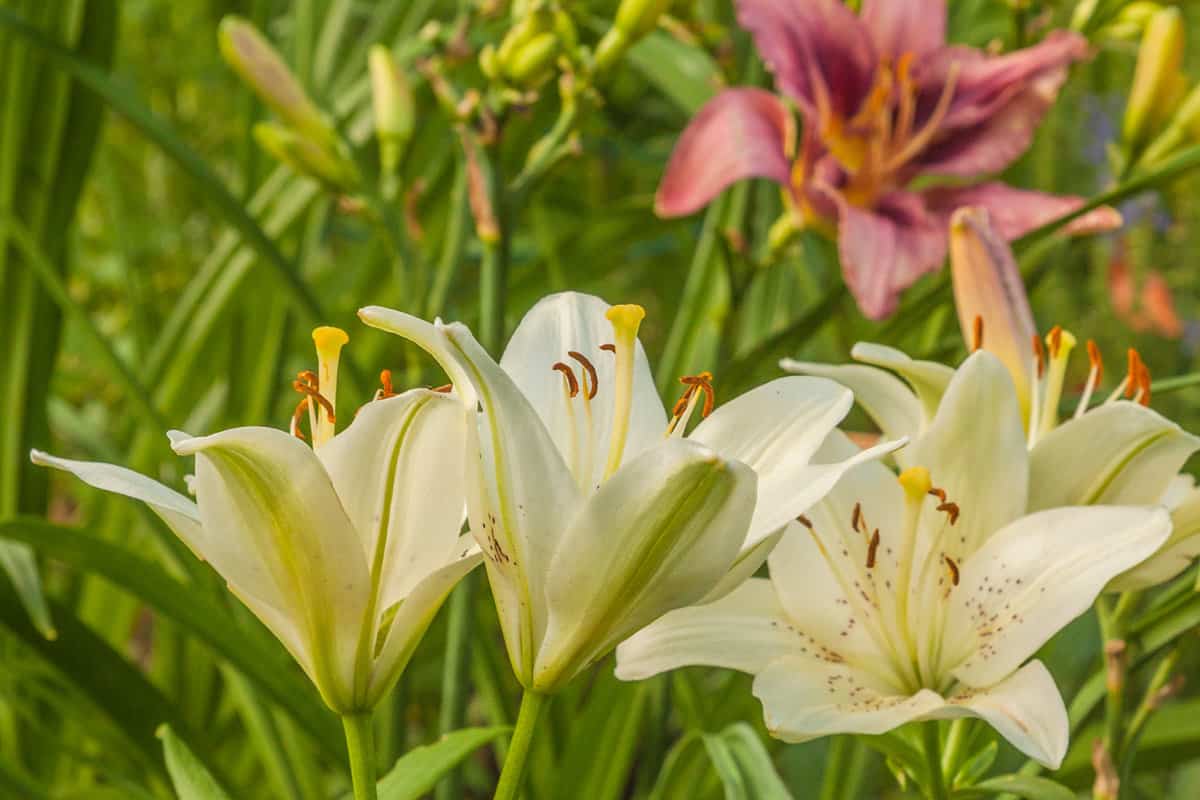
Lilies are known for their large, star-like flowers that come in a wide variety of colors. These sun-loving flowers are hardy in zones 4 - 9.
True lilies grow from bulbs, which should be planted in a sunny spot of your garden in the fall. Ideally, you'll want to plant the bulb around a month before the first fall frost. Your bulb should develop strong roots by spring and be ready to provide you with stunning flowers in late spring to summer, depending on the variety.
Lilies grow best in soil that is neutral or slightly acidic. If your soil is alkaline, you can find some varieties that are more amenable to that type of soil. Madonna lilies can handle slightly alkaline soil and produce gorgeous white flowers.
While Shakespeare thought of the rose when asking "What is in a name?" the lily may be an even better example. Many flowers with "lily" in their names are not true lilies. These include peace lilies, lilies of the valley, canna lilies, and daylilies, which we will see more about below.
4. Daylilies
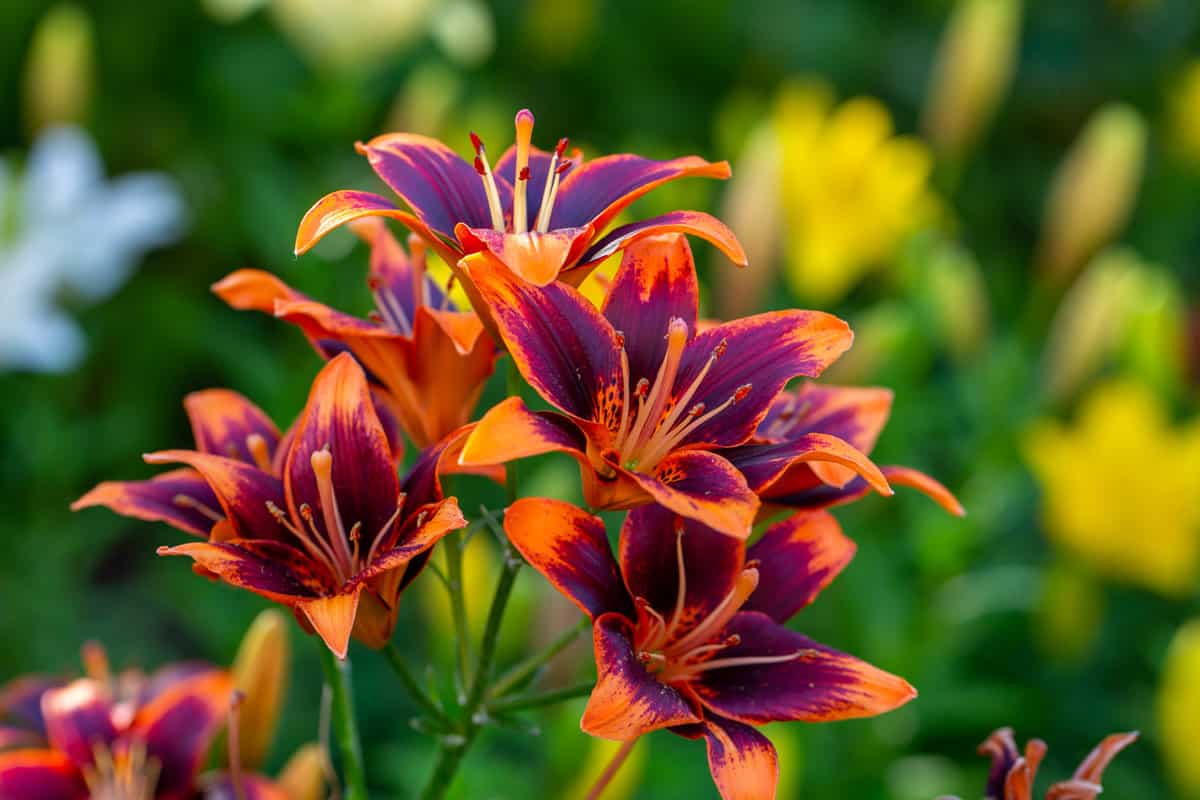
Daylilies might not be true lilies in terms of their taxonomy, but it's easy to see how they got their name. They produce star-shaped flowers with long stamens much like the eponymous lily. However, daylily blossoms only last a single day, hence the name.
While the individual flowers are almost poetically ephemeral, you don't need to worry that their beauty will fade too quickly. These perennials produce plenty of them throughout their blooming season, especially if you deadhead the flowers to prevent them from going to seed.
That being said, it's not necessary to deadhead daylilies. In fact, they require very little maintenance in general. They are drought tolerant, don't require fertilization when grown in average soil, and grow well in neutral to slightly acidic soil.
Different varieties have different blooming seasons. If you combine early, late, and repeat bloomers, you can even have daylilies from spring through fall!
5. Lavender

Lavender blossoms are not only stunning; their scent is perhaps the most iconic and recognizable of any flower. The scent is prized for its relaxing effects among people, but butterflies and other pollinators will also be drawn to your garden by the sweet aroma.
English lavender is the most common variety grown in the US, and it is hardy for zones 5 - 10. While lavender is grown all over the world, its native habitat is along the rocky Mediterranean coast. Because of this, it benefits from full sun and soil that drains well.
English lavender is also the variety most often used in culinary applications. While some find the flowery flavor too perfumy, many enjoy the floral aroma it adds to drinks and dishes, especially when paired with citrus. You can harvest and dry the buds of your lavender to make this lavender lemonade or these lemon lavender muffins.
6. Echinacea
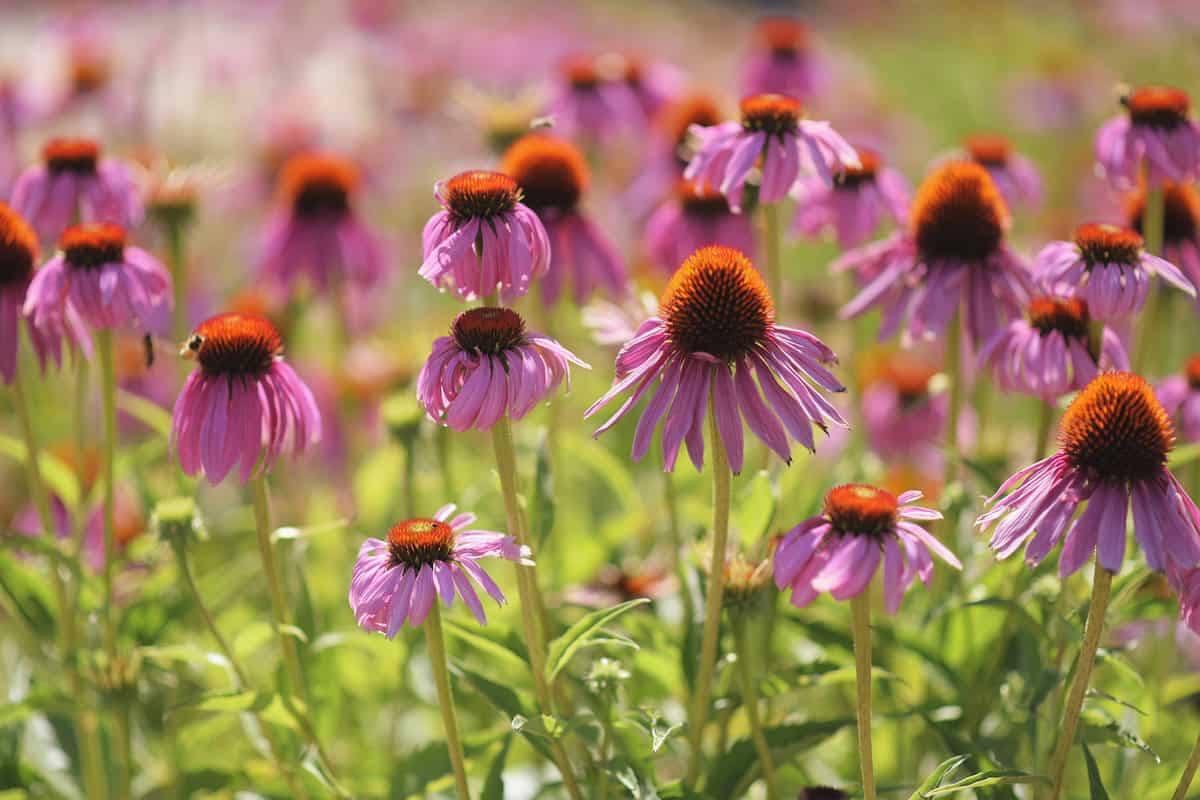
Like lavender, echinacea flowers are also prized for their uses alongside their beauty. Also known as purple coneflower, echinacea may reduce your likelihood of catching a cold.
Possible medical applications aside, echinacea is a beautiful perennial that will look perfectly at home in your garden, so long as it is provided with plenty of sunlight. It does best in full sun, but will still grow with partial sun as well. It prefers dry soil, even if poor in nutrients, over damp soil.
With the right sun and soil conditions, echinacea is a fairly low-maintenance plant that grows well in zones 3 - 9.
Best Perennials for Shady Gardens in Zone 5
It's not always possible to offer 6 or more hours of sunlight in all corners of your garden. If you have a shady spot where you're looking to add some blooming beauty, you should consider some of these perennials that still grow well with limited light.
7. Jacob's Ladder
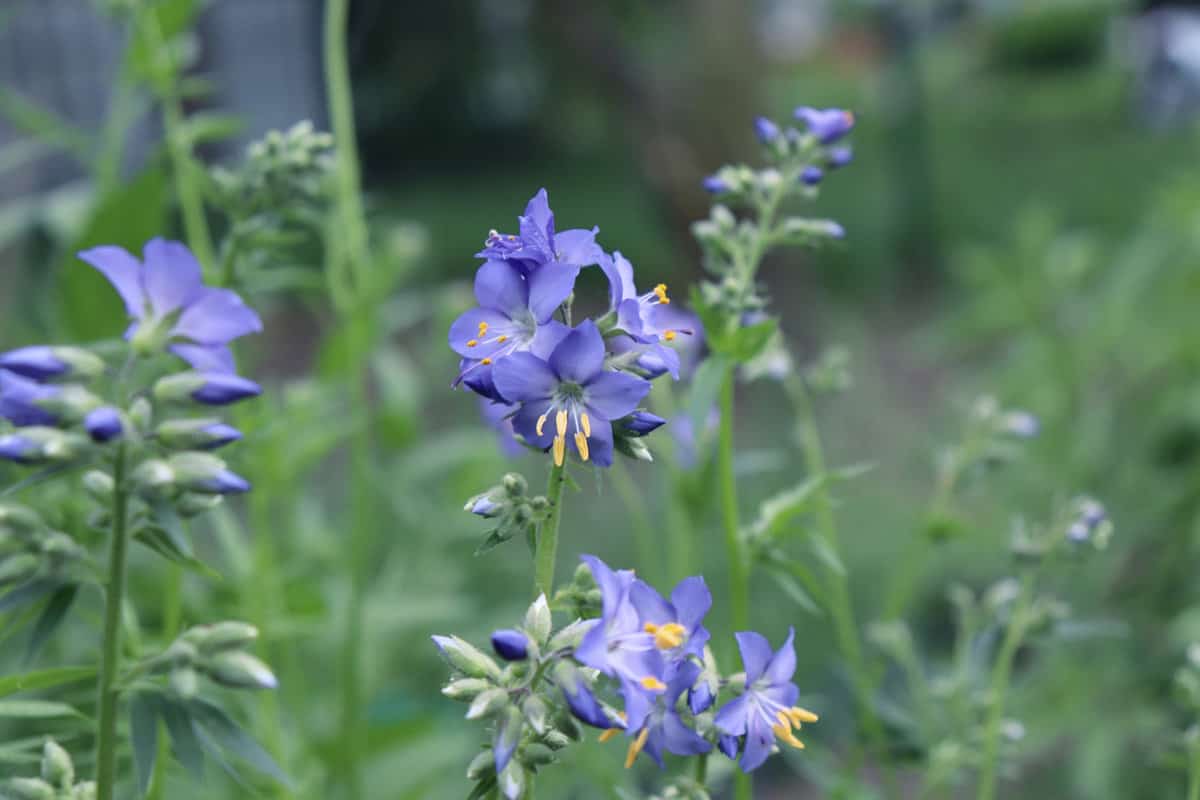
Jacob's ladder produces beautiful clusters of flowers, it's the leaves that give this perennial its name. They grow long stems with symmetrical foliage that almost resemble ferns or the ladder to heaven that is their namesake.
In nature, Jacob's ladder grows in shady, forested areas. Because of this, they do best with partial shade and can scorch if provided with too much sunlight or heat. They prefer rich soil that is damp but not overly wet.
Jacob's ladder is hardy for zones 3 - 8 and will bloom in late spring and early summer when cared for. Even outside of their flowering season, this perennial's unique foliage looks lovely all year long.
8. Foxglove
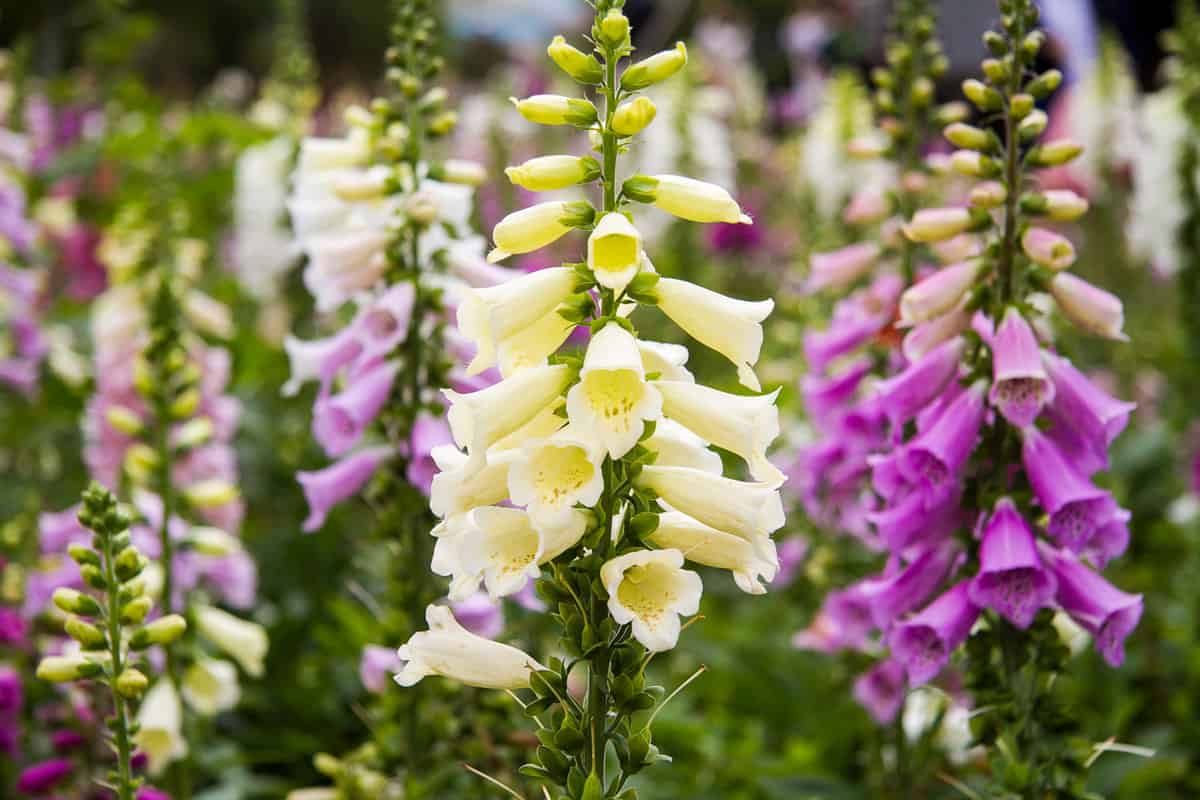
There is something otherworldly about foxglove. Beautiful and deadly, this perennial grows stunning flower spikes that reach up like spires hung with colored bells. It also contains poisons that can be lethal if ingested, which has given foxglove other nicknames, such as "dead men's bells." Wear gloves while handling foxglove and wash your hands afterward.
The name "foxglove" is simultaneously simple and mysterious, and the etymology of the name is a matter of scholarly debate. There are also debates among scholars as to whether or not Vincent van Gogh took medicine made from foxglove to treat his epilepsy and if that had an effect on his artwork, particularly his "Yellow Period." All of this adds to the mystique of this stunning plant.
Those matters aside, there are some important things to know when growing this plant. Many varieties of foxglove are biennial, but there are some perennial varieties such as Digitalis Grandiflora. This variety grows well in zone 3 - 8 in either full sun or partial shade.
9. Coral Bells
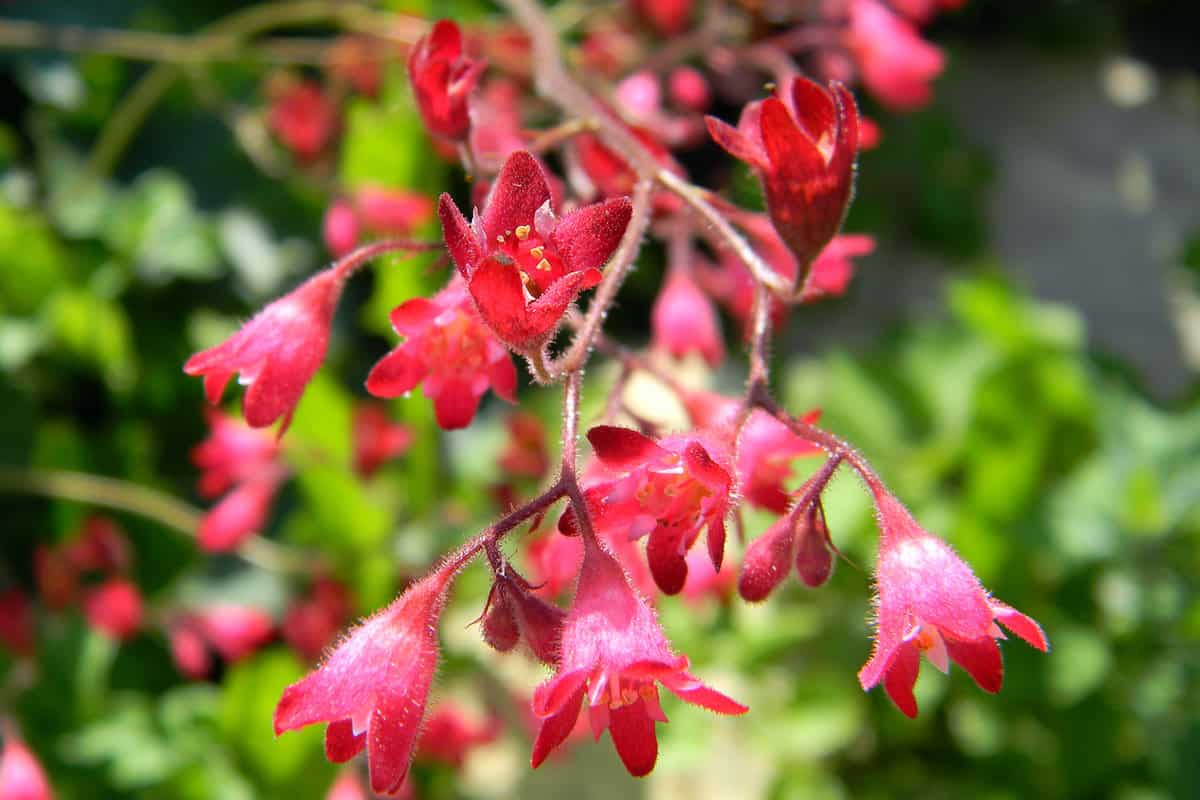
While foxglove's name might be mysterious, it's easy to see how coral bells got their name. The clusters of bell-like flowers on this perennial appear in late spring and early summer. They can attract pollinators, including hummingbirds, when well cared for.
The hardiness zones for coral bells range from 4 to 9. Most varieties prefer partial shade although some can handle full sun.
While the flowers give coral bells their name, many cultivars have equally stunning leaves. Many varieties feature leaves with unique colors, including purple, and variegated patterns on their foliage.
10. Balloon Flowers
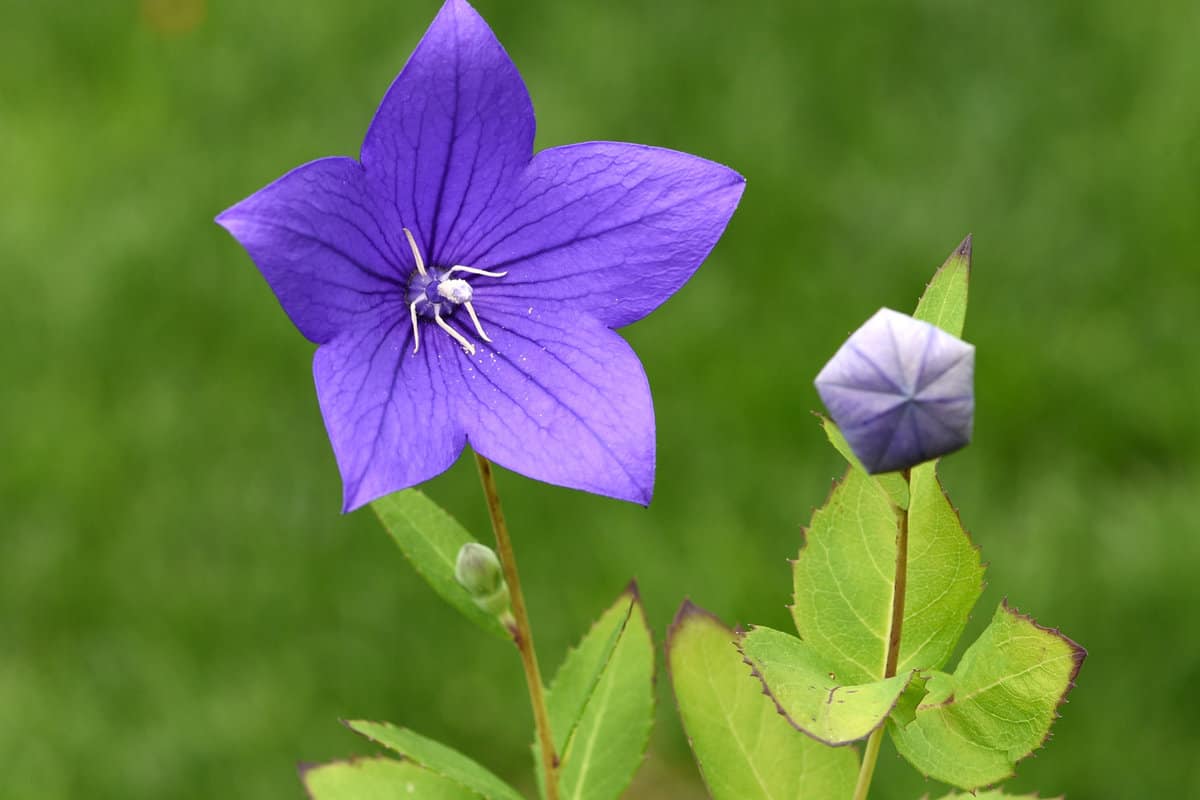
Platycodon grandiflorus, more commonly referred to by the more playful name "balloon flowers," have buds that really do appear to swell up like balloons! Once they bloom, the flowers are star-shaped and come in a variety of colors, although blue-violet is the most common.
Balloon flowers are hardy for zones 3 - 8. These flowers can do well in partial shade, which is why we've put them here. However, they will produce more flowers in full sun. In either case, you'll want to plant them in soil that is rich and loamy. They like neutral soil, but can handle slightly acidic or alkaline soil as well.
11. Ligularia
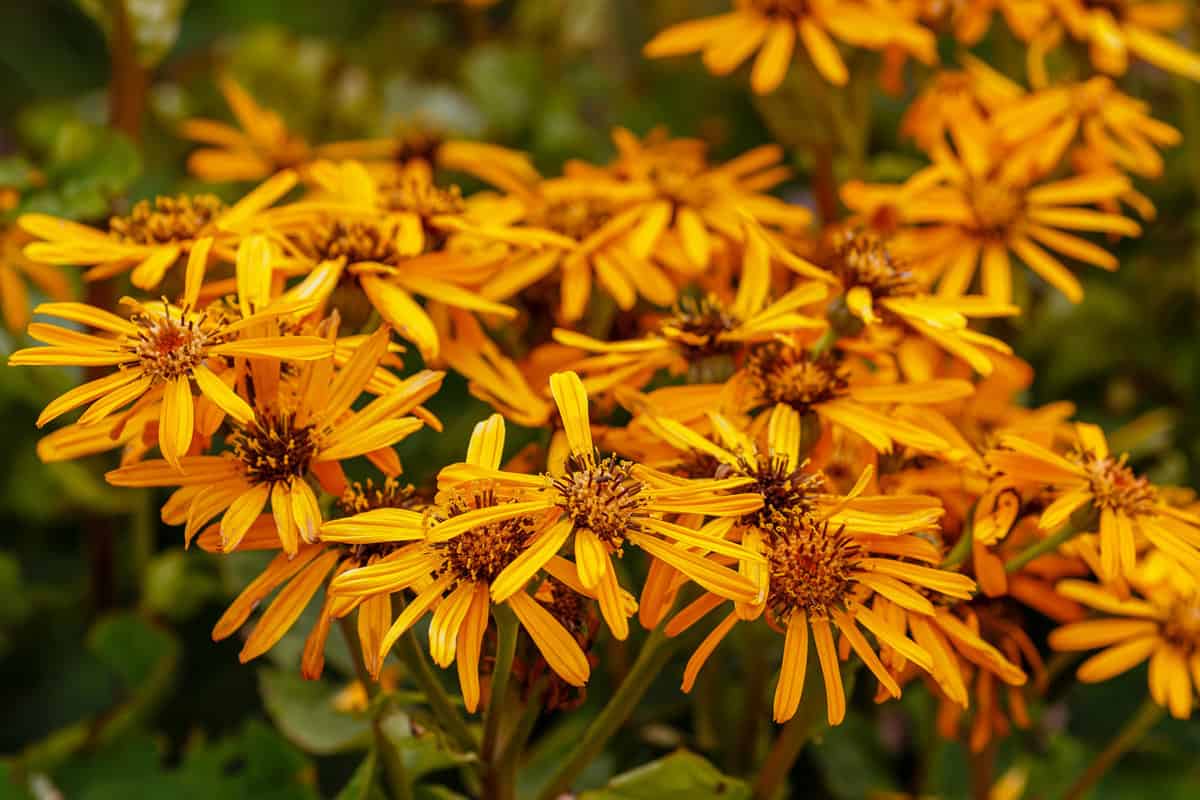
Ligularia is also known as ragwort, but is distinct from the weed of the same name. It grows well in zones 4 - 8, so long as it is provided with partial shade and moist, rich soil.
They produce spires of yellow flowers with long, skinny petals. These petals are their namesake; ligularia means "little tongue" in Latin.
Their flowers appear late in summer, but their ornamental foliage can be enjoyed all year long. Ligularia goes dormant in winter, at which time you should mulch it. When spring comes, clear out some of the mulch for the new growth.
Final Thoughts
Picking the perfect perennial take a bit of know-how and botanical background. Now you know more about these 11 great perennials that thrive in zone 5 and beyond!
If you found this article helpful, be sure to check out these great posts:
